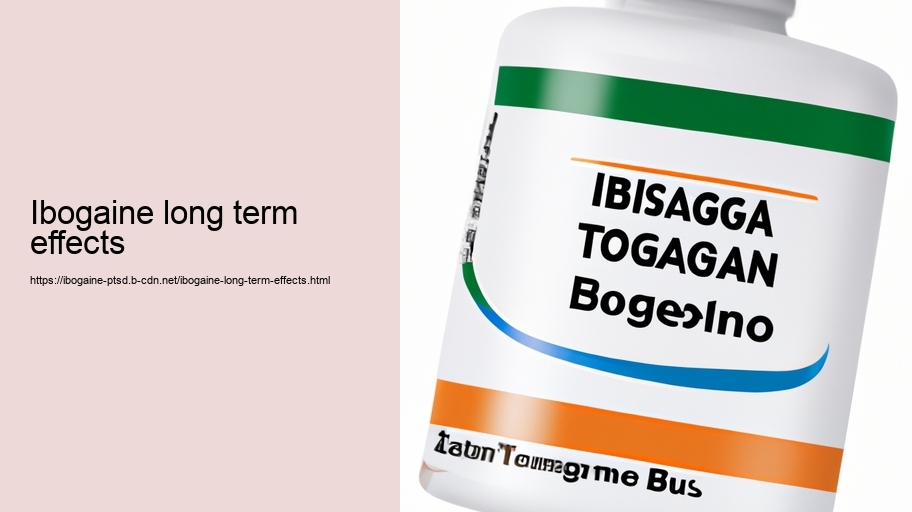Ibogaine, a naturally occurring psychoactive substance found in the West African shrub Tabernanthe iboga, has been the subject of much debate and research due to its potential in treating addiction. Its capacity to alleviate physical withdrawal symptoms from opiates and reduce cravings for various substances including heroin, cocaine, alcohol, and nicotine has drawn considerable interest. However, despite these promising applications, the long-term effects of ibogaine remain an area shrouded in uncertainty and concern.
The complexity surrounding ibogaine's long-term impact is partly due to its unique mechanism of action. Unlike traditional treatments that may substitute one drug for another or offer purely symptomatic relief, ibogaine appears to reset neurotransmitter pathways related to addiction behavior. This effect is thought to be mediated by its metabolite noribogaine which can persist within the body for an extended period after administration.
From anecdotal reports and limited studies conducted outside of conventional clinical frameworks—due largely to ibogaine's legal status as a Schedule I controlled substance in many countries including the United States—several patterns have emerged regarding its prolonged consequences. A significant number of users report enduring reductions in cravings and a diminished desire for drugs post-treatment. Some even describe profound personal insights and psychological shifts during their experience that ostensibly contribute to sustained sobriety.
However, positive outcomes aside, there are serious risks associated with ibogaine treatment that cannot be overlooked when considering long-term effects. The most alarming among these is the risk of cardiac complications; Ibogaine can induce bradycardia (slowing of the heart rate), arrhythmias (irregular heartbeat), and QT prolongation (a particular kind of heart rhythm disturbance) which can potentially lead to fatal outcomes if not properly monitored.
Neurologically, while some individuals claim enhanced mental clarity following treatment with ibogaine, others have reported symptoms indicative of neurotoxicity such as ataxia (lack of muscle coordination), tremors, or changes in cognition. It should be noted that these adverse effects are seldom documented through rigorous scientific evaluation but rather through self-reporting by users undergoing treatments at unregulated clinics or through self-administration.
The psychological consequences also warrant attention as patients who undergo therapy with psychedelics like ibogaine may face intense emotional experiences or repressed memories surfacing abruptly—a process sometimes referred to as 'psychedelic crisis'. Without proper psychological support before, during, and after treatment this could pose significant risks including triggering psychiatric disorders or emotional distress.
Long-term follow-up studies on individuals who have undergone ibogaine therapy are scarce but critical for understanding its effects over time. Such investigations should focus on a wide arrayysisisof variables: psychosocial adjustments post-therapy; relapse rates compared with other forms of addiction treatment; neurological health markers; quality-of-life measurements; plus any indications of lingering physiological issues potentially attributable to the substance itself.
In conclusion, while it is clear that ibogaineshares promise as an alternative approach toward combating addiction—a condition notoriously resistant to effective long-term management—the paucity of comprehensive data regarding its extended impact renders it difficult to endorse unequivocally at present. As such, further rigorously designed clinical trials examining both immediate efficacy and longer-range implications are imperative before this potent alkaloid can be safely integrated into mainstream therapeutic protocols for addiction treatment.
